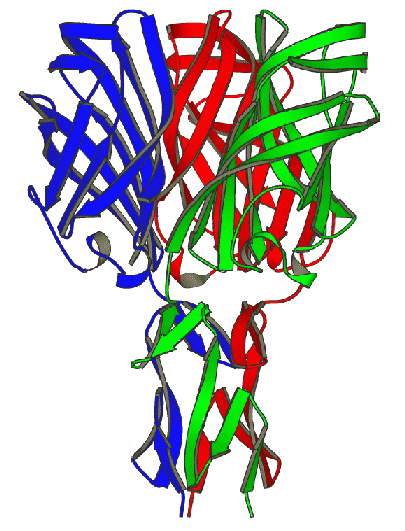
Bragg's work in 1914 determined the first crystal structures (NaCl, KCl, KBr and KI) from diffraction data. The application of X-Ray crystallography to the study of the crystalline and molecular structure of structured solids brought the discipline to the attention of the scientific community. From a technical point of view, in recent years, a large number of accessories have been developed to make a conventional laboratory diffractometer a powerful and versatile tool.
A number of conditions must be taken into account in order to obtain the ‘ideal’ crystal to prepare and handle single crystals for structural studies.
Firstly, in order to avoid the appearance of twins and to increase the quality of the crystal, it is necessary to work under slow diffusion conditions. In addition, it is necessary to ensure that nucleation is reduced, this way crystals of adequate size will be obtained. A series of variables must be controlled to achieve this: concentration (product, precipitant), temperature (molecular agitation), counter-ions (ionic compounds), types of solvents and precipitants (their mixtures), maintaining rest (not shaking).
We recommend that this page is consulted. We highlight slow cooling or evaporation of solutions, liquid or gaseous diffusion of the precipitant, slow diffusion of reagents, seeding of small crystals, diffusion of reagents/precipitants in gels, and the hanging drop method as examples of different procedures.
Samples should be single crystals for data collection, with an optimum size between 0.10 and 0.50 mm, although single crystals of larger sizes are also acceptable.
The technical staff of the X-ray unit should inspect the crystals to determine if they are suitable for data collection prior to data collection.
Users will have access to the results interpretation-processing software installed on the X-ray Unit computers.
The Unit has crystallographic databases available to those who need them for phase identification.
Authorised users may use the software included in the control installation of the apparatus.
The installed software packages are: APEX3 and Proteum3 (Bruker AXS, 2019), as well as the installed programs for data processing, resolution and refining.
X-ray Unit
- Research Support Building (CACTUS)
- Rúa de Constantino Candeira, 1. Campus Vida , 15782Santiago de Compostela
- 881 816 223